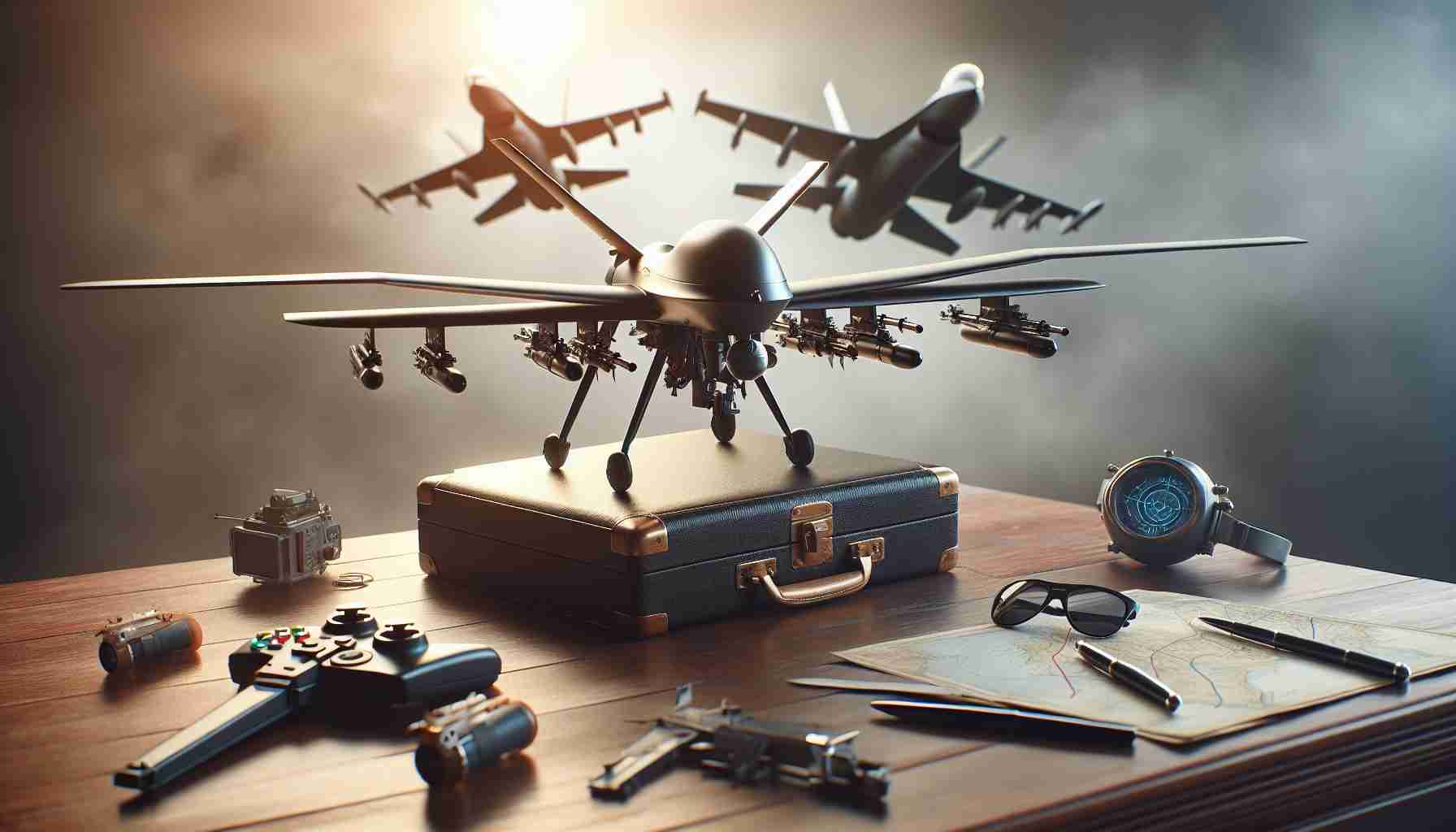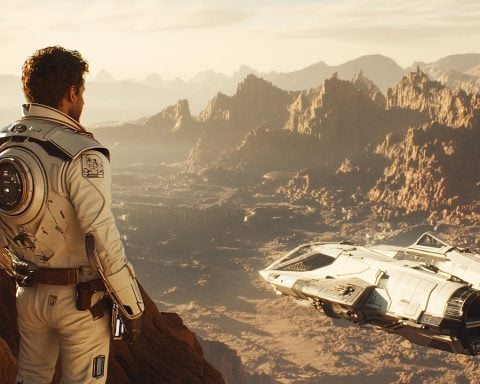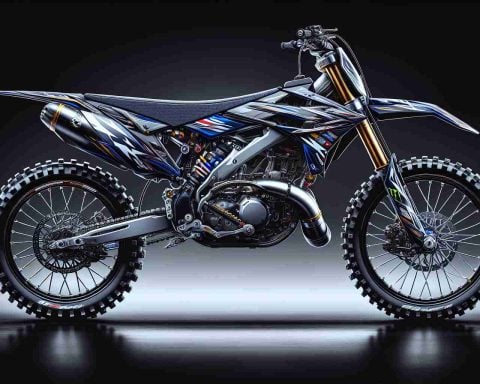Business magnate Elon Musk has stirred controversy by questioning the necessity of modern fighter jets. He argues that manned fighters such as the advanced F-35 no longer hold value in the current era dominated by drone technology. This bold claim was voiced on his social media platform X, accompanied by a striking video of swarming drones.
Musk suggests that traditional fighter jets are not only outdated but also unnecessarily expensive and dangerous for pilots. His statement found resonance among his followers who appreciate his forward-thinking perspective. However, it also sparked a heated debate as skeptics criticized his comparison of military-grade jets to commercially available mini-drones.
Experts like Mauro Gilli from the Swiss Federal Institute of Technology in Zurich were quick to challenge Musk’s view. Gilli pointed out that the complexity and cost of the F-35 stem from its advanced software and electronics. He argued that any reusable drone meant to replace such fighter jets would require similarly sophisticated technology, which isn’t yet present in commercial drones.
Moreover, Gilli highlighted the strategic significance of the F-35 and B-1 bomber in global geopolitics. He emphasized how their existence compels rival nations to develop sophisticated aircraft and radar systems to counter these jets. This underscores their role beyond mere aerial combat.
The F-35 Lightning II, a fifth-generation stealth fighter, serves various missions across air forces worldwide. With its cutting-edge features and high agility, it remains a pivotal asset for the U.S. and its allies. The debate on fighter jets versus drones is far from settled, as technological advancements continue to shape military strategies globally.
Elon Musk’s Drone Controversy: Shaping the Future of Air Combat
Elon Musk’s recent comments questioning the relevance of traditional fighter jets in the age of drones have sparked significant debate within military and technological circles. By comparing advanced manned aircraft like the F-35 to emerging drone technologies, Musk has opened a dialogue about the future of aerial warfare and military investments.
Pros and Cons of Drones vs. Fighter Jets
Pros of Drone Technology:
1. Cost Efficiency: Drones can be cost-effective compared to traditional fighter jets, which often involve high manufacturing and maintenance costs.
2. Pilot Safety: The use of drones eliminates the risk to human pilots during missions, addressing safety concerns that accompany manned aircraft operations.
3. Operational Flexibility: Drones offer increased flexibility in terms of mission types and deployment scenarios, potentially providing tactical advantages in rapidly changing situations.
Cons of Drone Technology:
1. Technological Limitations: Current commercial drones lack the sophisticated technology required to match the capabilities of advanced fighter jets like the F-35.
2. Strategic Limitations: Drones may not yet offer the same strategic impact in terms of deterrence and geopolitical presence that traditional fighter jets provide.
Expert Insights and Challenges
Mauro Gilli of the Swiss Federal Institute of Technology critiqued Musk’s viewpoint, emphasizing the intricate software and electronics that make the F-35 a formidable asset. Gilli noted that replicating such capability in drones demands significant technological advancements that are not yet commercially available. This highlights a critical challenge – advancing drone technology to meet the complex requirements of military applications.
The Role of Fighter Jets in Military Strategy
Despite the growing capabilities of drones, fighter jets like the F-35 Lightning II remain integral to military strategies around the world. Their cutting-edge stealth features and agility bring unmatched advantages in various missions. Furthermore, the presence of such advanced aircraft pressures adversaries to innovate and develop countermeasures, maintaining a crucial balance in global defense dynamics.
Future Trends and Predictions
As technology continues to evolve, the military landscape will likely see a blend of drones and manned aircraft. This hybrid approach could maximize the strengths of each technology, offering a comprehensive solution that addresses both cost concerns and the need for sophisticated strategic capabilities.
Conclusion
The debate over the future of air combat continues as experts and industry leaders like Elon Musk challenge traditional perspectives. Innovations in drone technology hold promise, yet the role of advanced fighter jets cannot be understated. As military strategies adapt to new technological realities, the conversation remains pivotal in shaping the future of global defense.
For more insights into emerging technologies and their impact on defense strategies, visit Elon Musk’s companies.



















